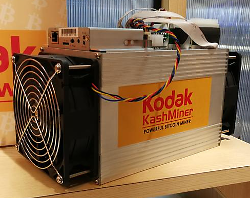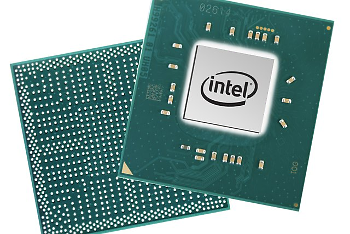 Kodak just keeps making news at CES 2018!
Kodak just keeps making news at CES 2018!
Kodak bitcoin miner on display at CES 2018
ZDNet – By: Corinne Reichert – “A Kodak-branded bitcoin miner labelled the ‘KashMiner’ has been displayed at the photography company’s booth at CES 2018, with Kodak Blockchain Project licensee Spotlite Energy Systems of California showcasing the product.
According to the Kodak licensee, an upfront payment of $3,400 for a two-year contract would lead to bitcoin production value of around $375 per month at current bitcoin value.
The partnership would provide the licensee with half of the resulting $9,000 made over the 24-month period.
Bitcoin production would reach around $25 per day on the Kodak Bitcoin HashPower Upfront Payment Plan.
The Kodak-licensed bitcoin miner was showcased on the same day that Kodak announced its own KodakCoin cryptocurrency utilising blockchain security technology, which it said is aimed at enabling image rights management for photographers.
The camera company’s ‘photo-centric’ cryptocurrency is being launched under a licensing partnership with Wenn Digital, and will also involve a blockchain-backed image rights management platform called KodakOne.
In an interview on the sidelines of CES 2018, Wenn Digital CMO Bruce Elliott told ZDNet that Kodak and Wenn have had a team of 20 people working on the KodakCoin project for ‘months and months’.
‘We can get a photo, lock it into our blockchain, then we can sort of assign the IP [intellectual property] to the individual, then we can look through the entire internet and find where that photo is being used, and if it’s not being used correctly, then we can reach out to them with an automated system that says, ‘hey, you might not have known that you’re using this photo without a licence, why don’t you get a licence to that’, and then that money comes back and gets paid back to the photographers, and that whole transaction happens with that KodakCoin cryptocurrency,’ Elliott told media at CES.
Elliott added that the companies have taken a highly regulated approach to its project and initial coin offering (ICO).
‘We’re US companies, we’re not from some far-flung place … it’s our company here in the US that’s issued it; we’ve filed with the SEC; we’ve put all of our regulatory pieces in place; we’re not a startup, either, so because of the companies we’ve brought together, we have revenues, we’ve got staff, all those things already, and now we’re going to fill out this platform. And then we have the trusted platform of Kodak, so you put those things together and we think that really differentiates us,’ Elliott explained.”
 Kodak just keeps making news at CES 2018!
Kodak just keeps making news at CES 2018!



 Ouch! I hope you have newer systems!
Ouch! I hope you have newer systems!